
While we commonly associate city life with soaring skyscrapers, bustling streets, and radiant city lights, there is a whole other world beneath our feet. This subterranean realm, comprising of an array of underground cities, tells a story of human resilience and innovation. In this article, we will embark on a global journey exploring some of these relatively unknown subterranean settlements, from ancient constructions to modern adaptations, and from war-time necessities to climate resilience strategies.
Derinkuyu, Turkey: A Testament to Ancient Ingenuity
Our journey begins in the heart of Turkey's Cappadocia region, home to the ancient underground city of Derinkuyu. Ingeniously carved into the soft volcanic rock by the Phrygians, an Indo-European group, around the 7th–8th centuries B.C, Derinkuyu could accommodate an impressive 20,000 people along with livestock and food supplies (Garcia, 2014). It was more than a mere subterranean settlement. With air shafts, wells, stables, kitchens, chapels, communal rooms, an intricate tunnel system connecting it to other underground cities, and large stone doors for protection, it was a fortified city hidden beneath the surface (Basilico & Pedley, 2015).
Montreal, Canada: Embracing the Underground
Traveling across the Atlantic, we find a modern interpretation of an underground city in Montreal, Canada. Built to offer respite from the severe Canadian winters, the city's subterranean network, known as RÉSO, serves as a lifeline for daily commuters and tourists alike. Stretching over an impressive 32 kilometers, RÉSO is more than a collection of tunnels. It houses retail stores, offices, hotels, art venues, and even seven metro stations, showcasing how life can continue unperturbed beneath the snow-covered streets above (Maurice, 2018; Newby, 2020).
Wieliczka Salt Mine, Poland: The Salt-Carved Marvel
Next, we descend into the depths of the Wieliczka Salt Mine in Poland. Operational from the 13th century until 2007, this historic mine has now been transformed into a breathtaking underground city carved entirely from rock salt. Housing chapels, sculptures, and frescoes 327 meters beneath the surface, it has morphed from a mining site to a UNESCO World Heritage Centre, drawing tourists from around the globe (World Heritage Committee, 2013).
Beijing Underground, China: Echoes of the Cold War
Our next destination is Beijing, where the underground city narrates a story from the Cold War era. Built from 1969 to 1979 as a potential nuclear fallout shelter, this elaborate 85-square-kilometer tunnel system is equipped with facilities like restaurants, hospitals, schools, and even a roller skating rink (Song, 2019). Although never used for its original purpose, it opens occasionally for tourists, providing a haunting glimpse into its vast, echoing passageways.
Coober Pedy, Australia: A Modern Underground Oasis
Finally, we arrive in the opal mining town of Coober Pedy in South Australia. In response to the region's extreme temperatures, residents live in "dugouts" – homes excavated from the hillsides that offer natural insulation (Doyle, 2017). These modern underground homes, complete with electricity, internet, and plumbing, represent a contemporary adaptation of subterranean living.
Conclusion:
As we resurface from these underground cities, whether ancient like Derinkuyu or modern like Montreal's RÉSO, they all share one common element - they demonstrate human ingenuity and resilience in the face of diverse challenges. By exploring these hidden settlements, we expand our conventional understanding of cities and urban life. They teach us that life can thrive even in the most unexpected places and make us wonder: what other secrets might lie hidden beneath our feet? As we continue to uncover and appreciate these subterranean wonders, they will undoubtedly continue to inspire us, challenge our perceptions, and shed light on a lesser-known facet of our world. The existence of these cities is a testament to the human ability to adapt, innovate, and overcome adversities. As we delve deeper into the future, it's worth considering how these cities of the past and present might shape our understanding of urban possibilities.

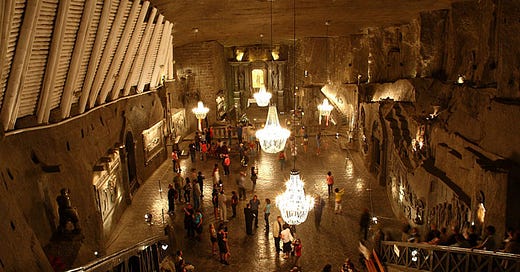


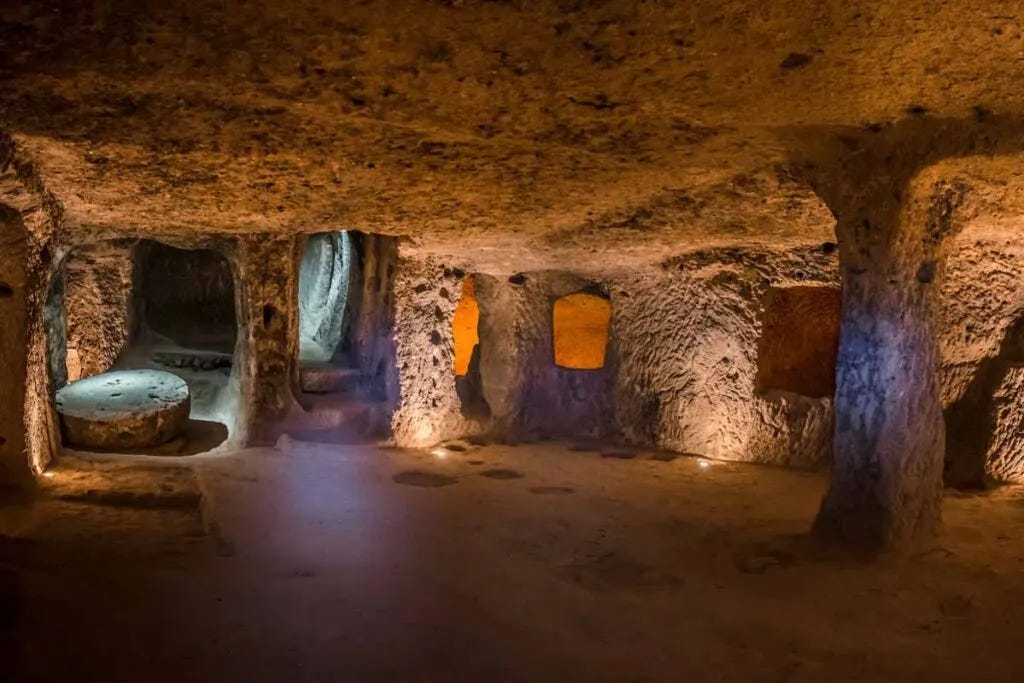
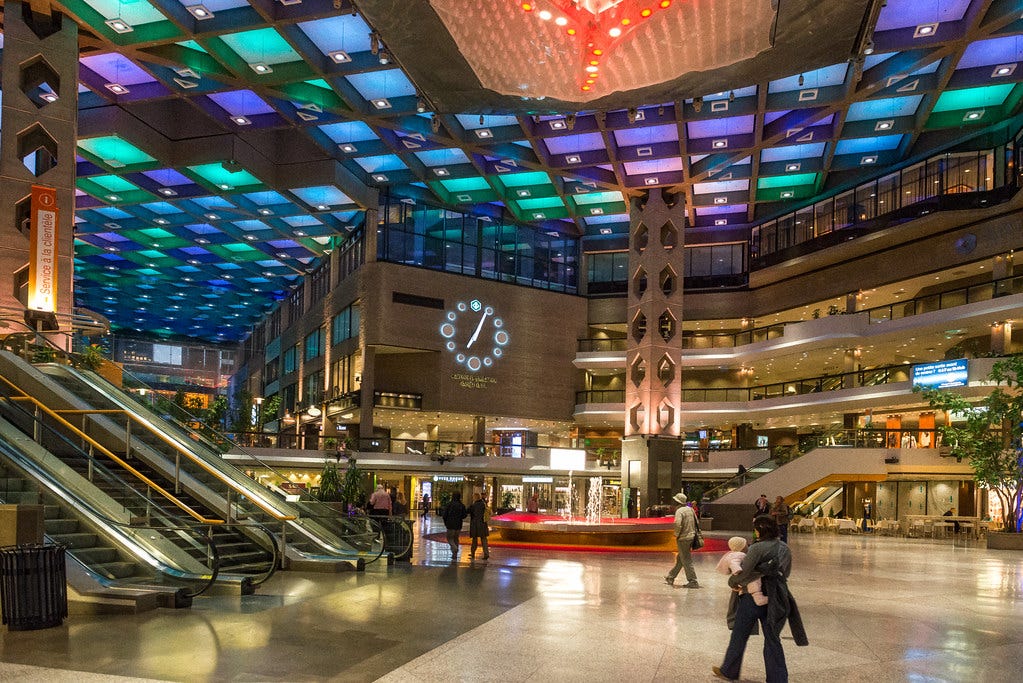
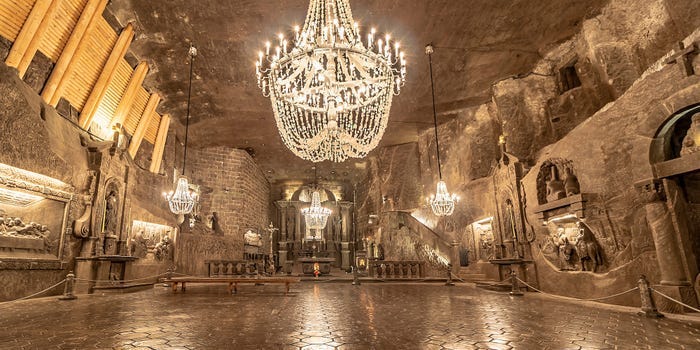
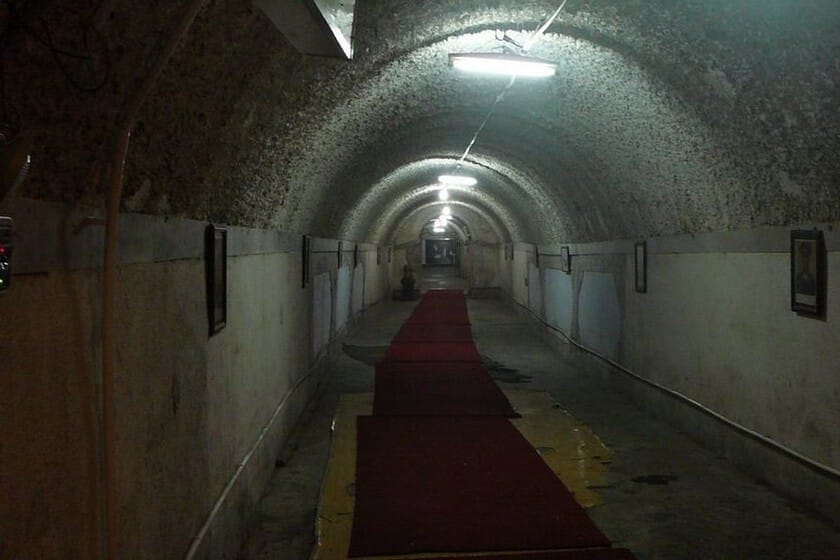
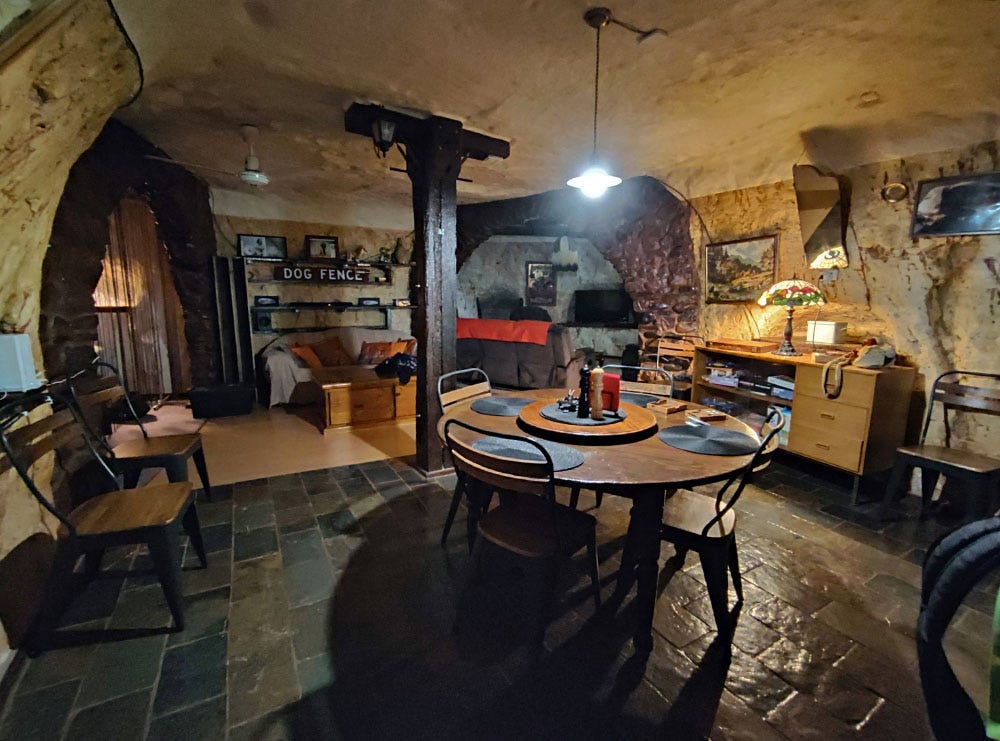
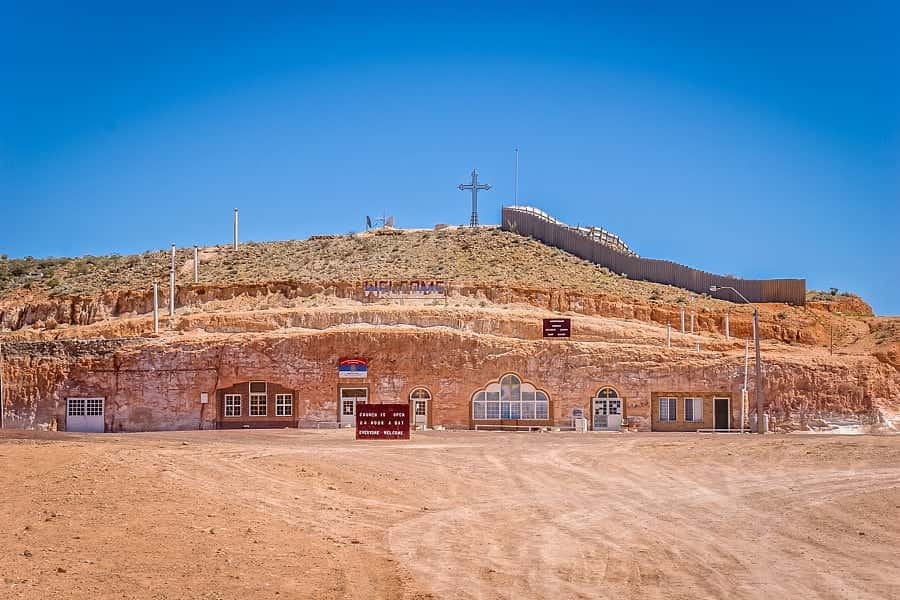
Super cool concept! Thanks for sharing all this.